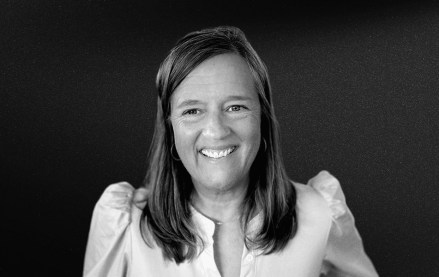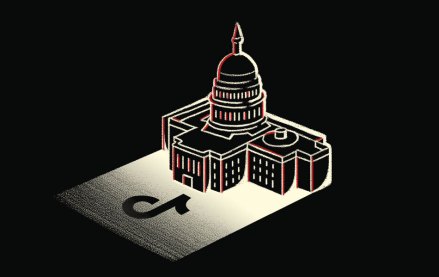Inside the rocky, love-hate relationship between marketers and ‘influencers’

Brands and agencies have a love-hate relationship with social influencers. They love influencers because those content creators can help change the way companies communicate with their audience. But when marketers hand the keys of a brand over to influencers, they sometimes learn the hard way that it’s far too easy to get burned.
“I have a push-pull relationship with influencers,” said Collin Willardson, marketing manager for men’s underwear company Mack Weldon. “It’s important to us that we work with influencers who are authentic with their content and aren’t just chasing the flavor of the month or brand with biggest wallet.”
Over the course of several interviews, marketers reported having four persistent pain points with their social media stars: cost, ROI, follower overlap and timing. A breakdown:
High cost
The biggest influencer marketing speed bump is cost, said Peter Sloterdyk, head of entertainment at Meredith Xcelerated Marketing. When influencer marketing started taking off a few years ago, it was very affordable. But as the concept became more widely adopted, the cost of engaging with an influencer began to rise drastically.
A marketer from a big app publisher in China (who declined to be named for this article) told Digiday that when his company is collaborating with social agencies in the U.S., the price can be prohibitive. For example, this marketer said, for an influencer with 5 million followers, the average price is around $100,000 for a campaign for three social media networks and for which the influencer creates one video post for each platform. “For super social influencers like Logan Paul and PewDiePie, the price for one video can go up to over $100,000. It’s crazy,” he said. A year ago, $100,000 was an entire year’s income for successful influencers, in comparison.
Ironically, most of the time, brands don’t have 100 percent control over content creation even though it’s the brands that are signing the checks, added the Chinese marketer. This is because influencers think they have a better idea of what their fans want. But sometimes their content doesn’t necessarily fit with the brand’s style. MXM’s Sloterdykalso admitted that his team encountered situations where a paid influencer created content that was completely off message. For instance, his team contracted a youth influencer who was focused on music for a movie release. While the film was musically focused, the influencer created content that was off message for the film and its producers.
“Not only did it fall flat with the audience, but we ended up requesting the content be removed from the influencer’s platform,” he said. “This is part of the consideration set when evaluating influencers: Do their style and tone align with the brand or engage with the right consumer?”
Unmeasurable ROI
As the cost of influencer marketing goes up, measuring success around social celebrities is not becoming any easier. Brands can set up KPIs — like views, impressions, engagement and social sentiment (if applicable) — up front to ensure that an influencer can achieve a particular goal. But it’s a struggle for marketers who want to tie those likes, shares and views to sales. “With influencers on platforms like Instagram, we rely on brand halo effect and know that the audience we’re building with them will eventually see the value in our product, but we cannot directly attribute sales to them,” said Willardson. “We may get more sales in the end, but we cannot see immediate results.”
Natalie Sexton, director of marketing of Natalie’s Orchid Island Juice Company, is facing the same challenge, especially on Snapchat. “You have no way of knowing what kind of impact [Snapchat] is making for your brand,” said Sexton. The best way to handle this, she added, is to make sure that influencers stay on brand with the highest-quality content possible and not worry about quantity as much.
Follower overlap
Cost and measurement aside, influencers may share similar follower bases, meaning that when a company works with two accounts that have 10 million followers each, it doesn’t necessarily reach 20 million people. “Follower overlap depends on vertical and influencer size. The obvious rule of thumb is that the larger the influencer is, the more likely there is follower overlap,” said Sarah Ware, CEO and co-founder of influencer marketing agency Markerly.
Working with micro-influencers limits follower overlap significantly, as it’s most prominent in accounts with over 250,000 followers, according to Ware. But follower overlap can occur even with micro-influencers with niche demographics such as vegan food recipes and marathon runners. In those situations, though, follower overlap can be a positive scenario as a specific follower will see the product endorsement multiple times, which further persuades them to purchase, she added.
Influencers may also have spam followers, so it’s very important for brands to keep an eye on the engagement rate and see how often followers are liking and engaging with an influencer.
Timing
Timing is also a barrier, added MXM’s Sloterdyk. Influencers require contracts, agents, compensation and lots of negotiation. An influencer marketing company can often provide “quick turn around” because those contracts are in place already. If a brand wants to work directly with a specific influencer, however, it can be time-consuming and complex because the process is very similar to obtaining an official celebrity spokesperson. And now, the lines between a “celebrity” and an “influencer” are continually blurring, said Sloterdyk.
More in Marketing

As TikTok teeters, YouTube, Meta, Snapchat and more race to claim its ad dollars with incentives, discounts
Here’s what Snapchat, Meta, Pinterest, YouTube, Reddit, WeAre8 and Substack are doing to capitalize on the TikTok ban.

Discord’s advertising push continues: A Q&A with new Discord CBO Jules Shumaker
Most recently, she served as CRO of Unity between 2021 and 2024; prior to Unity, she worked as a vp of advertising for the game publisher Zynga.

Twitch streamers lament likely loss of TikTok as an audience referral engine
As the United States marches toward a TikTok ban on Jan. 19, livestreaming creators in particular are lamenting the potential death of the platform’s so-called “clipping culture,” which they believe had an uplifting effect on their followings on both TikTok and other platforms.





